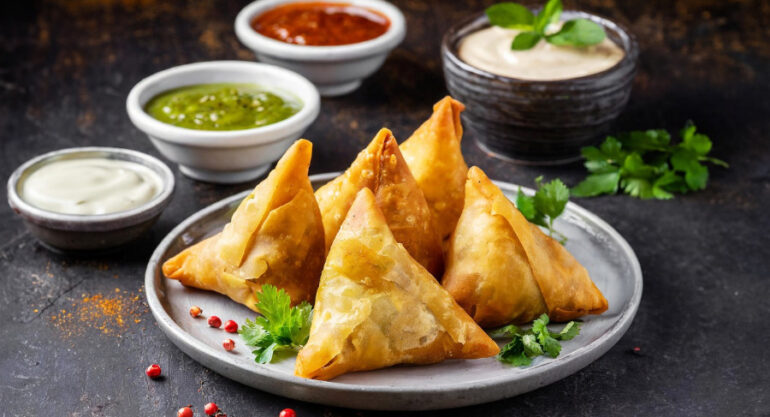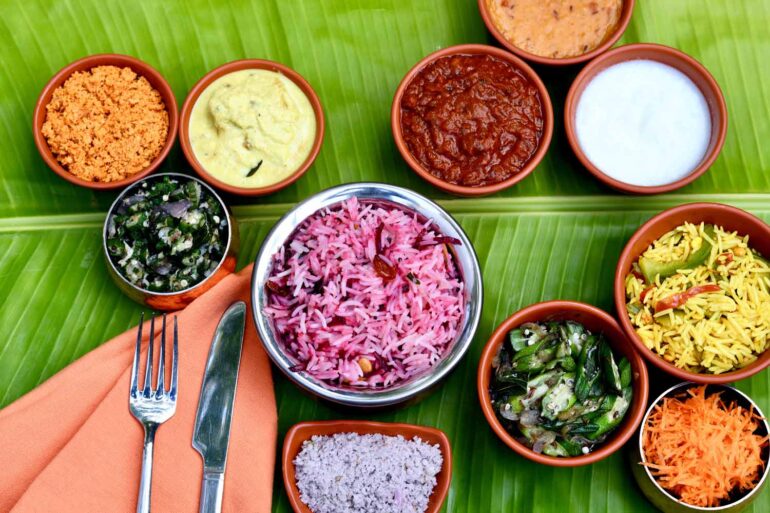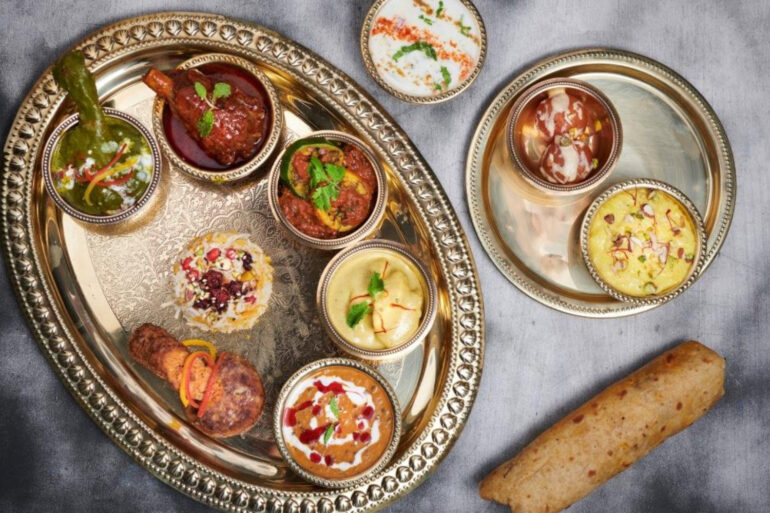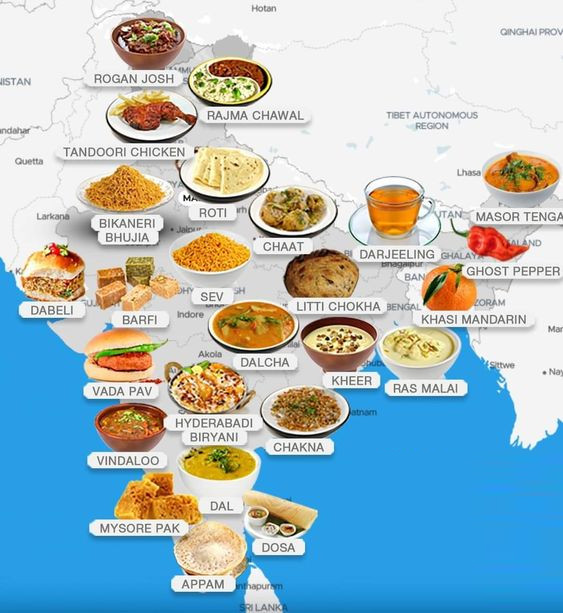Ever wondered why that coworker keeps raving about “Butter Chicken Mondays”? Or maybe you’ve noticed a strange new menu item at your local burger joint – “Tandoori Mayo Whopper”? Fear not, my friend, for you are witnessing a phenomenon tastier than a vindaloo and more contagious than the hiccups: the worldwide domination of Indian cuisine!
Why is Indian food hotter than the sun after a pepper harvest?
Get ready for a flavour explosion, folks! Indian food boasts a symphony of spices, each adding its unique note to create a complex and delicious melody on your taste buds. From the warmth of ginger and turmeric to the fiery kick of chilies, Indian cuisine offers an adventure for your palate, guaranteed to banish blandness from your life faster than you can say “saag paneer” (that’s a delicious spinach and cheese curry, by the way).

But wait, there’s more!
Indian food is as diverse as a Bollywood dance number (think colorful costumes and energetic choreography). From the creamy kormas of the south to the tandoori delights of the north, every region boasts its own culinary specialties. There’s something for everyone, whether you’re a confirmed carnivore or a devout disciple of tofu.
Okay, so it’s tasty and versatile. But what about the other stuff?
Plus, Indian food is surprisingly affordable. Let’s face it, who can resist a delicious and filling meal that won’t break the bank? You can enjoy a feast fit for a maharaja (that’s an Indian emperor, for those keeping score) without having to sell your firstborn (we don’t recommend that anyway).
Here’s the thing: Indian food isn’t just about the food (although, let’s be honest, that’s a pretty big thing). It’s a whole cultural experience! Dining in an Indian restaurant can transport you to another world, with the aroma of spices filling the air and the vibrant colors of the dishes making your mouth water even before you take a bite.
Pop Culture Joins the Curry Craze!
Indian food isn’t just conquering our kitchens; it’s invading our pop culture too! From Bollywood movies showcasing elaborate food scenes to sitcom characters bonding over takeout tikka masala, Indian cuisine is everywhere. We’re pretty sure we even saw Joey from Friends trying (and failing) to recreate a samosa (a fried or baked Savory pastry) in one episode. Let’s just say, leave the cooking to the professionals, Joey!

So, the next time you’re craving something delicious, adventurous, and affordable, look no further than Indian food. You might just discover your new favourite dish, and who knows, you might even impress your friends with your newfound knowledge of exotic spices (just don’t confuse garam masala with cinnamon – unless you enjoy a fiery surprise!).



